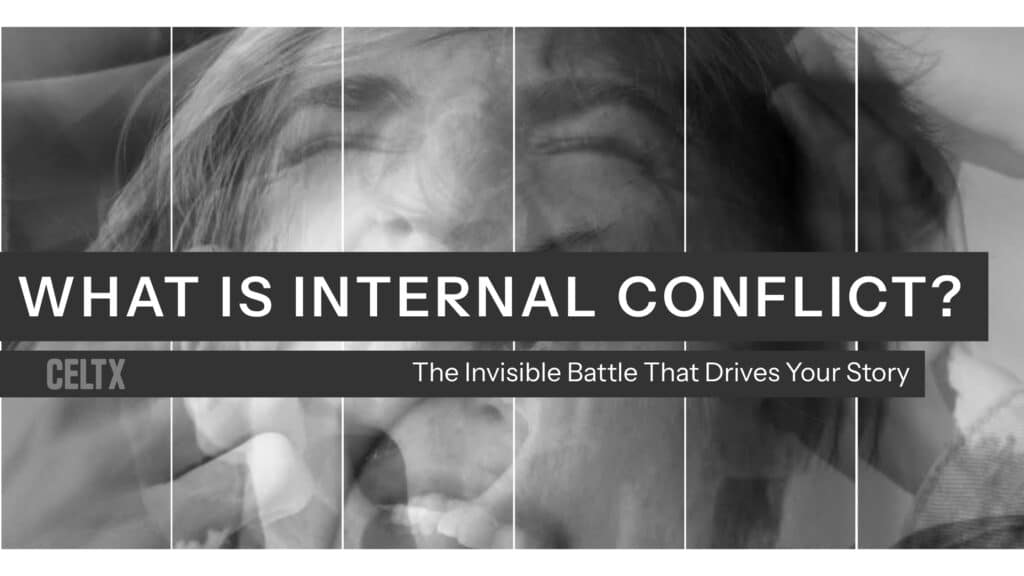
Every great story is a war zone. No, I don’t mean the kind with explosions or courtroom showdowns. I mean the kind that simmers beneath the surface. The kind that lives rent free in your protagonist’s head.
This, my friends, is internal conflict; the invisible battle that shapes decisions, drives a plot, and makes your characters unforgettable.
From psychological thrillers to romantic comedies, internal conflict keeps your narrative alive and helps your characters to feel real, relatable and worth rooting for.
In today’s blog, we’ll answer the burning question: “what is internal conflict?”, digging into how to works, and most importantly, how you can use it to craft your next screenplay!
So, let’s go!
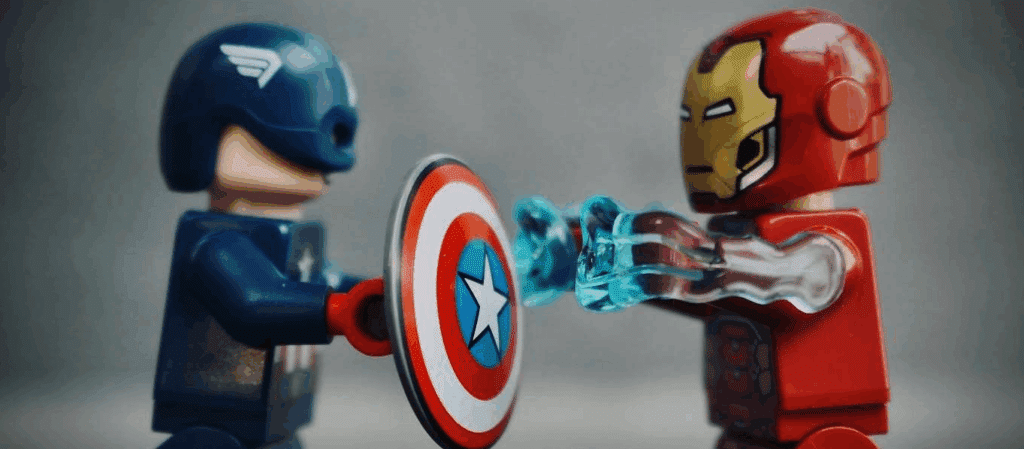
Table of Contents
- What Exactly is Internal Conflict?
- The Three Types of Internal Conflict
- Internal vs. External Conflict
- How Internal Conflict Drives Plot
- Writing the Internal Struggle
- Examples from Film & TV
- FAQs
- Conclusion
What Exactly is Internal Conflict?
Internal conflict is a psychological or moral struggle within a character that influences their decisions and shapes their journey.
It’s the tension between competing desires, beliefs, or fears. Think of it as the voice in a character’s head saying, “Don’t do it”, while their hears screams, “You have to!”
It’s also an emotional tug of war that complicates choices. For example, a character who wants love, could fear the vulnerability that comes with it. Or a character who craves justice may be haunted by a guilt of their own. Or a character who longs to escape yet feels an obligation to stay. (You get the idea!)
The Three Types of Internal Conflict
Screenwriters often refer to internal conflict as man vs self, but let’s break that down further. Essentially, there are three primary types of internal conflict:
1. Moral Conflict
This is when a character wrestles with right and wrong. Think of a whistleblower torn between loyalty to their company and doing what’s ethically right. The stakes are high, and the consequences are very personal.
2. Emotional Conflict
Here, the character is pulled between feelings, like love and hate, fear and desire, grief and hope. These are the messy, human contradictions that make characters feel alive.
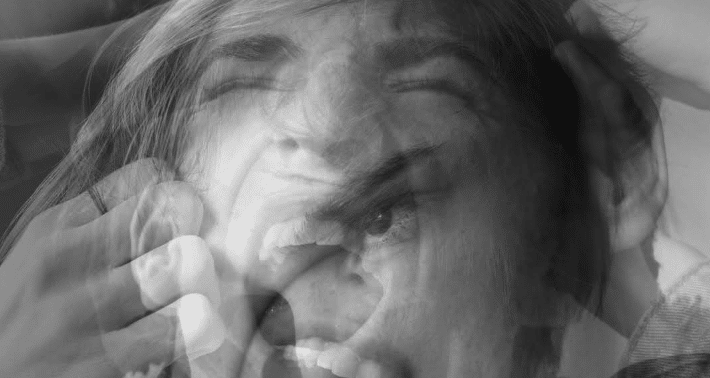
3. Identity Conflict
This is the existential stuff. Who am I? What do I believe? Where do I belong? It’s the kind of conflict that drives coming-of-age stories, midlife crises, and characters who feel like outsiders.
Each type can overlap, evolve, and intensify as your story unfolds. The key is to make sure the conflict is felt, not just stated.
Internal vs. External Conflict
Here’s the thing: internal and external conflict are not rivals, but dance partners.
Okay, let me explain…
External conflict is what happens to your character. Internal conflict is what happens because of it.
Let’s say your protagonist is offered a promotion that requires relocating. That’s an external event. But if they’re torn between ambition and leaving their family behind? That’s internal conflict. The external feeds the internal and vice versa.
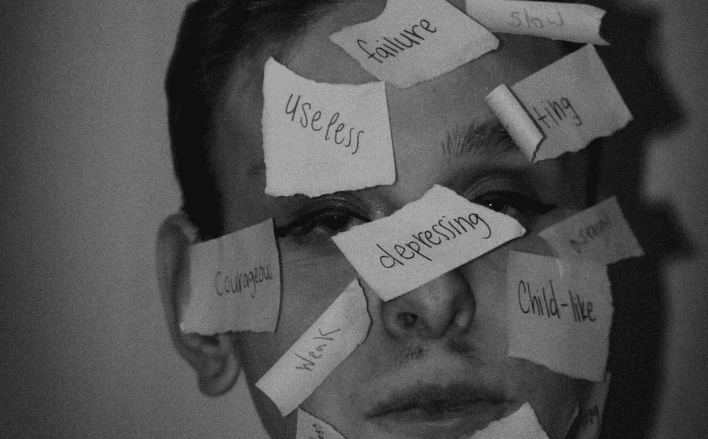
Without internal conflict, external events can feel hollow. Without external conflict, internal struggles lack urgency.
The key thing to remember is that balance is everything. The best screenplays use external conflict to trigger internal dilemmas, and internal conflict to complicate external goals. It’s important to set your characters’ goals as you’re developing them, so you can use them to inform your story effectively.
How Internal Conflict Drives Plot
Conflict, whether it’s internal or external, needs to drive your plot as well as help round out your characters.
Here’s how:
Internal Conflict Drives Obstacles
A character’s fears, flaws, and beliefs can be just as obstructive as a villain or locked doors. Maybe they sabotage their own happiness. Maybe they hesitate when they should act. These internal roadblocks shape the plot.
It Fuels Decisions
Every choice your character makes should reflect their internal struggle. Do they lie to protect someone? Do they walk away from love out of fear? These decisions move the story forward and reveal who they are.
Internal Conflict Builds Tension
When a character is torn, the audience leans in. We want to know what they’ll choose, how they’ll change, and whether they’ll overcome themselves. That’s narrative tension at its finest.
It Enables Transformation
The best arcs are internal. A character starts one way and ends another, not because the world changed, but because they did. That’s the payoff of internal conflict.

Writing the Internal Struggle
So how do you show this kind of conflict without turning your screenplay into a therapy session?
Well, lucky for you, I have five ways to write internal conflict effectively:
- Use Subtext
Dialogue shouldn’t spell everything out to your audience; trust me, they’re smarter than that! Let your characters say one thing while meaning another. Let silence speak volumes.
For example, a character may say, “I’m fine” but with a clenched jaw and trembling hands. - Action Lines Matter
Don’t underestimate your action lines. Use them to hint at internal tension.
For example, instead of, “She walks to the door” try, “She hesitates, hand hovering over the handle, breath shallow”.
That hesitation tells us everything we need to know. - Symbolism and Motifs
Recurring images or actions can reflect internal conflict. A character who keeps checking their watch might be anxious about time or avoiding something deeper.
You can find out more about symbolism and motifs in our dedicated blog post: What is a Motif in Film? Themes and Symbols Explained - Contradictory Behavior
Don’t be afraid to let your characters act against their stated goals. If they say they want to quit drinking but show up at a bar, that contradiction reveals their struggles.
- Flashbacks and Dreams
Okay, before we go any further, I want to remind you that flashbacks should be used sparingly and only if absolutely essential to the plot and doesn’t distract.
They can offer insight into a character’s psyche and what makes them who they are.
Examples from Film & TV
Now we’re up to speed on internal conflict, let’s see it in action! Here are some characters who embody internal conflict.
Fleabag | Fleabag (2016-2019)
Phoebe Waller-Bridge’s protagonist is a masterclass in emotional and identity conflict. She’s grieving, self-sabotaging, and desperate for connection, all while cracking jokes and breaking the fourth wall.
Her internal conflict drives every single scene. She wants love but doesn’t believe she deserves it. She hides behind humor but longs to be seen. Her choices are messy, human, and heartbreaking, but that’s why we love her; we can relate to her.
This video from Breaking Abstract is a great compilation of moments and scenes from Season One where we see Fleabag’s inner struggle.
Tony Stark | Iron Man (2008)
Yes, it’s a superhero movie but Tony’s arc is deeply internal. He starts as a narcissist, driven by ego and profit. After a life-altering event, he’s consumed by guilt and a need to make amends.
His internal conflict between self-interest and self-sacrifice drives his evolution across not just the original Iron Man movie but across the MCU right up to his (spoilers!) sacrifice in Avengers: End Game.
Rue | Euphoria (2019)
Rue’s addiction isn’t just a plot device but a manifestation of her internal conflict. She wants to be a better person but doesn’t believe she can be. Her struggle with identity, trauma, and self-worth is raw and relentless.
Beth Harmon | The Queen’s Gambit (2020)
Beth’s internal conflict is rooted in trauma, addiction, and identity. She’s a chess prodigy battling loneliness, grief, and the fear that her brilliance isolates her.
Her journey isn’t just about winning chess games but about learning to trust others and above all herself.
The Italian Screenwriter has a fantastic in-depth look at how conflict is used in The Queen’s Gambit. Check it out below:
Michael Corleone | The Godfather (1972)
Michael’s arc is a classic moral and identity conflict. He begins as a reluctant outsider to his family’s criminal empire, but gradually succumbs to power, vengeance, laser focused on his family’s legacy.
His transformation is tragic because it’s driven by internal choices, not just external pressures. It’s in this moment when he takes command:
And for a deeper dive into Michael’s inner conflict, check out this article by Titis Setyabudi.
Nina Sayers | Black Swan (2010)
Nina’s internal conflict is both psychological and emotional. Her desire for perfection clashes with her suppressed desires and fears. The tension between control and chaos manifests in hallucinations, breakdowns, and ultimately, her tragic unravelling.
Joe Goldberg | You (2018-2025)
Joe masks his internal conflict using charm and obsession. He believes he’s acting out of love and protection, but his actions reveal deep insecurity, possessiveness and denial. His narration gives us direct access to his warped internal logic.
BoJack Horseman | BoJack Horseman (2014-2020)
BoJack is a walking contradiction. He craves redemption but sabotages himself. He wants love but pushes people away. His internal conflict between self-loathing and the desire to be better is the emotional core of the series.
Celeste Wright | Big Little Lies (2017-Present)
Celeste’s internal conflict is deeply tied to her abusive relationship. She’s torn between love, fear, and denial. Her struggle to reconcile her identity as a mother, wife, and survivor is portrayed with heartbreaking nuance.
Charlie | The Whale (2022)
Charlie’s internal conflict revolves around grief, guilt, and self-worth. He isolates himself due to shame over past decisions yet desperately seeks connection and redemption. His physical condition mirrors his emotional state, making the internal external.
Digging into your character’s psyche? Celtx’s Character Tools help you map out flaws, backstories, and internal struggles to create deep, multi-layered protagonists.
Click here to get started!
FAQs
The classic trio:
– Internal (Man vs. Self) – emotional, moral, or identity struggles.
– External (Man vs. Man/Nature/Society) – outside forces creating obstacles.
– Interpersonal (Man vs. Man) – often overlaps with internal, especially in relationships.
A character who wants to leave a toxic relationship but fears being alone. Their desire for freedom clashes with their fear of abandonment.
Use subtext, action lines, contradictory behavior, and symbolism. Let the audience feel the struggle through what the character does, not just what they say.
Not necessarily. But your protagonist almost always should. Supporting characters can have simpler arcs, but internal conflict adds depth and realism to any role.
But how do you give depth to your characters? Find out more here.

Conclusion
At the heart of every compelling screenplay is a character at war with themselves. The invisible battle, between fear and courage, love and loss, duty and desire, is what makes stories unforgettable. It’s not just what your character wants, but why they struggle to get it, that keeps audiences hooked.
Internal conflict is what turns a plot into a journey. It’s what transforms a character from a name on a page into someone we recognize, empathize with, and remember. Whether your protagonist is a grieving mother, a reluctant hero, or a self-destructive genius, their internal struggle is the emotional thread that binds your story together.
And here’s the best part: you don’t need explosions or epic twists to make your story powerful. Sometimes, the most gripping drama happens in a quiet room, between a character and their conscience.
So, when you’re outlining your next script, don’t just ask what happens. Ask what hurts. What haunts your character? What do they believe about themselves and how will that belief be challenged?
So next time you’re outlining your script, don’t just ask what your character wants. Ask what’s stopping them from within.
Ready to explore the invisible battles of your characters? Start for free today.
Up Next:
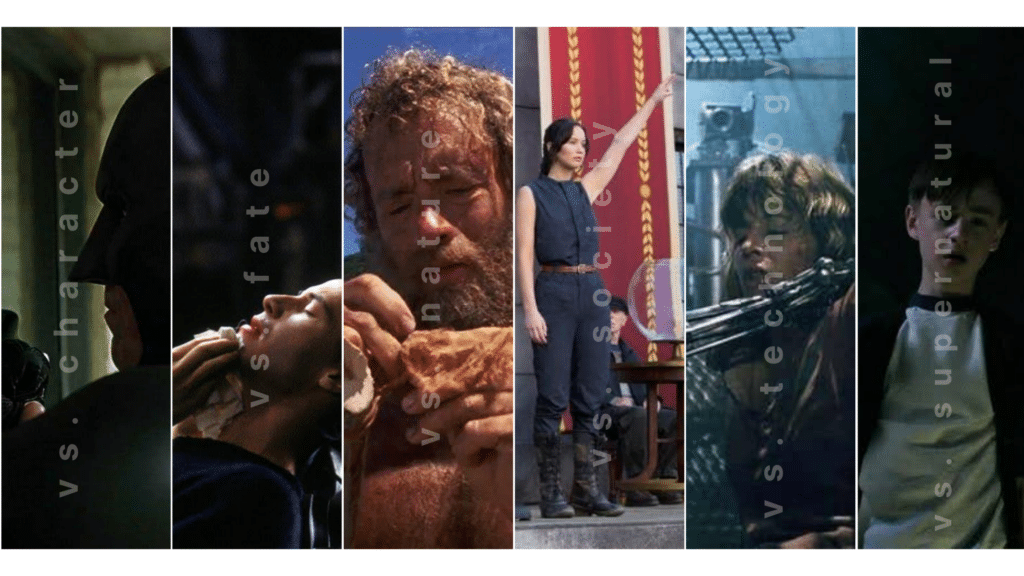
What is External Conflict? Examples and Insights Every Filmmaker Needs
Once you’ve mastered what’s happening inside your characters, explore the forces they face outside—where story tension truly comes to life.

